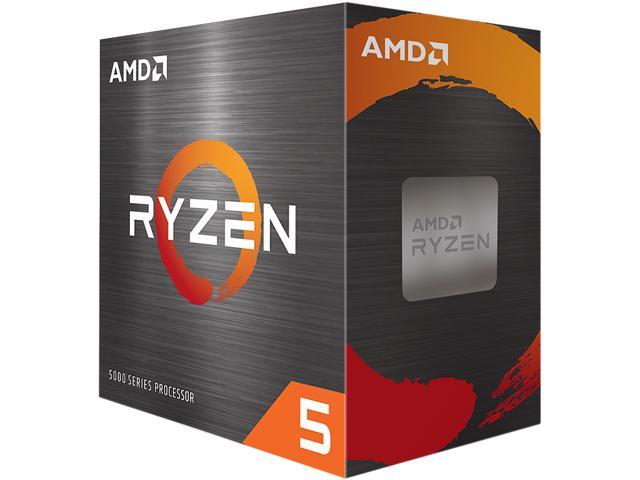- Joined
- May 14, 2004
- Messages
- 28,662 (3.74/day)
| Processor | Ryzen 7 5700X |
|---|---|
| Memory | 48 GB |
| Video Card(s) | RTX 4080 |
| Storage | 2x HDD RAID 1, 3x M.2 NVMe |
| Display(s) | 30" 2560x1600 + 19" 1280x1024 |
| Software | Windows 10 64-bit |
The Intel Core i5-12600 doesn't have any E-cores, which makes it a fundamentally different processor than the Core i5-12600K, and thus very different than the naming would suggest. The Core i5-12600 is actually the fastest non-hybrid Alder Lake processor you can buy, but should you?
Show full review
Show full review








